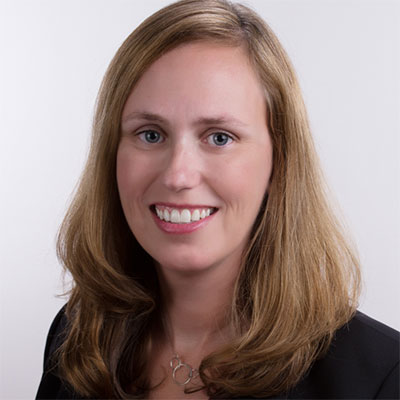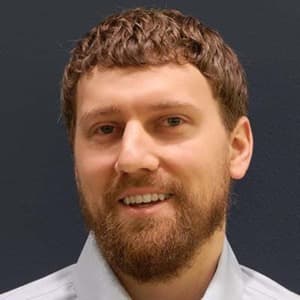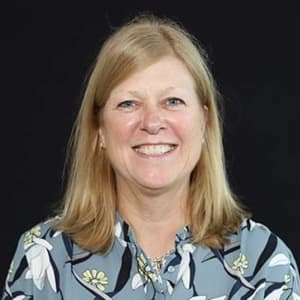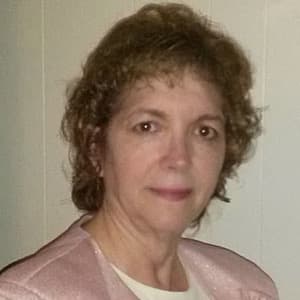The Blog
BBC Interview Series: Joy Beatty of Seilevel
In anticipation of her presentation at Building Business Capability in Vegas, Nov. 2 – 6, 2015, we asked Joy Beatty, Vice President at Seilevel, a few questions about pursuing business excellence. Check out her interview in relation to her BBC presentation entitled Our Requirements are Good, So Why Aren’t We Delivering Value?
Q: How is your organization advancing the pursuit of business excellence and how does it impact your business units/departments?
A: Seilevel is devoted to creating software that customers will love, and a huge part of this is really understanding what the business goals are and the solutions needed to achieve those. Our entire team is trained to look for what success is on each project we work on and then prioritize against that success goal. In fact, our management team reviews these success statements with each project team at least once a month to make sure we are doing the most important things for the customers.
Q: Can you describe the challenges you face or have already overcome in establishing a more cohesive and productive company or organization?
A: I think a big challenge that all business analysts and product managers will face is that the value of our work isn’t in requirements or business analysis, it’s in the end results of the projects. We’ve struggled with this for years in terms of defining the value that we add. This year though we have really made a turn by actually getting the whole team to think about how they are adding 10x the value on their projects. So if the customer is spending $100K, how are we creating $1M in return? It’s been hard, but this helps us gel our value by focusing on this.
Q: What are your near term goals for creating a more agile organization at your business or company?
A: Most of our team now has some experience with agile as we work with customer projects. The key is that not all forms of agile fit with every customer, so we are always trying to come up with new and creative ways to coach organizations in a way that helps agile work for them. In our own organization, as we take on internal projects, we are encouraging everyone from marketing to HR to be agile in rolling out changes as well, just to launch something sooner than later.
Q: What’s the most valuable thing you’ve learned in 2015 thus far? What’s the most important goal/trend for [pick one or two: business analysts, business architects, business process managers and/or business rules managers] to keep in mind?
A: In 2015, we’ve seen a shift in the priorities of CIO’s – namely a focus on aligning closer to what the business needs (rather than just initiatives to fix IT) as well as new domain focus like analytics. With that, business analyst and architects in particular need to stay focused on how they are helping prioritize every last feature the business is requesting. Aligning to the business doesn’t mean we build everything they ask for, it means helping them ask for the right things. Along those lines, it means helping cut the projects from portfolios that aren’t contributing significantly to the business.
Q: What’s the latest method/process/tool you have implemented to help your organization or business run more efficiently and effectively?
A: We are constantly updating our techniques. Right now we have rolled out a new estimation workshop to help estimate the requirements effort on a project – which is what I’ll speak to at BBC. We’ve also added thorough internal peer reviews for every single project once a month. This has helped our teams grow tremendously just by getting real time feedback about whatever they are working on. We are also looking to add new models to our repertoire, and are currently working on something that is a portfolio level prioritization model.
Q: If you could give your five-years-ago self-insight and advice about this industry, what would you say?
A: This one might not resonate with our crowd at first glance, but I think that business analysis is not the end-all answer on our projects. I’m not saying we don’t need it, but don’t hang your hat on just doing solid basic BA practices. First of all, organizations are trying to off-shore that skill now (whether they should or not is another topic!). Instead, start to focus on managing IT projects like they are products. Understand the competitive landscape (even internally), the actual problem being solved, the end goal, and then prioritize things accordingly with extreme rigor.
Q: Sneak preview: Please tell us a take-away that you will provide during your talk at Building Business Capability.
A: I don’t want to give away the entire punch line, but let’s just say that I am someone who is over the top passionate about requirements, but my entire talk is built around the idea that the requirements aren’t what we should be most focused on throughout the project! Wait, what? Come find out what that means!
—————————–
Don’t miss Joy’s presentation,Our Requirements are Good, So Why Aren’t We Delivering Value? at Building Business Capability on Thursday, November 5, 2015 from 11:50 am to 12:50 pm. Click here to register for attendance.
2018 Program
Connect
Building Business Capability is the only conference that provides insight into Business Analysis, Business Architecture, Business Process, Business Rules, Business Decisions, and Business Strategy & Transformation toward the pursuit of business excellence.
STAY CONNECTED
Event Produced and Organized by Rising Media in association with Business Rule Solutions Copyright © 2010-2018, Rising Media, Inc. All Rights Reserved.











